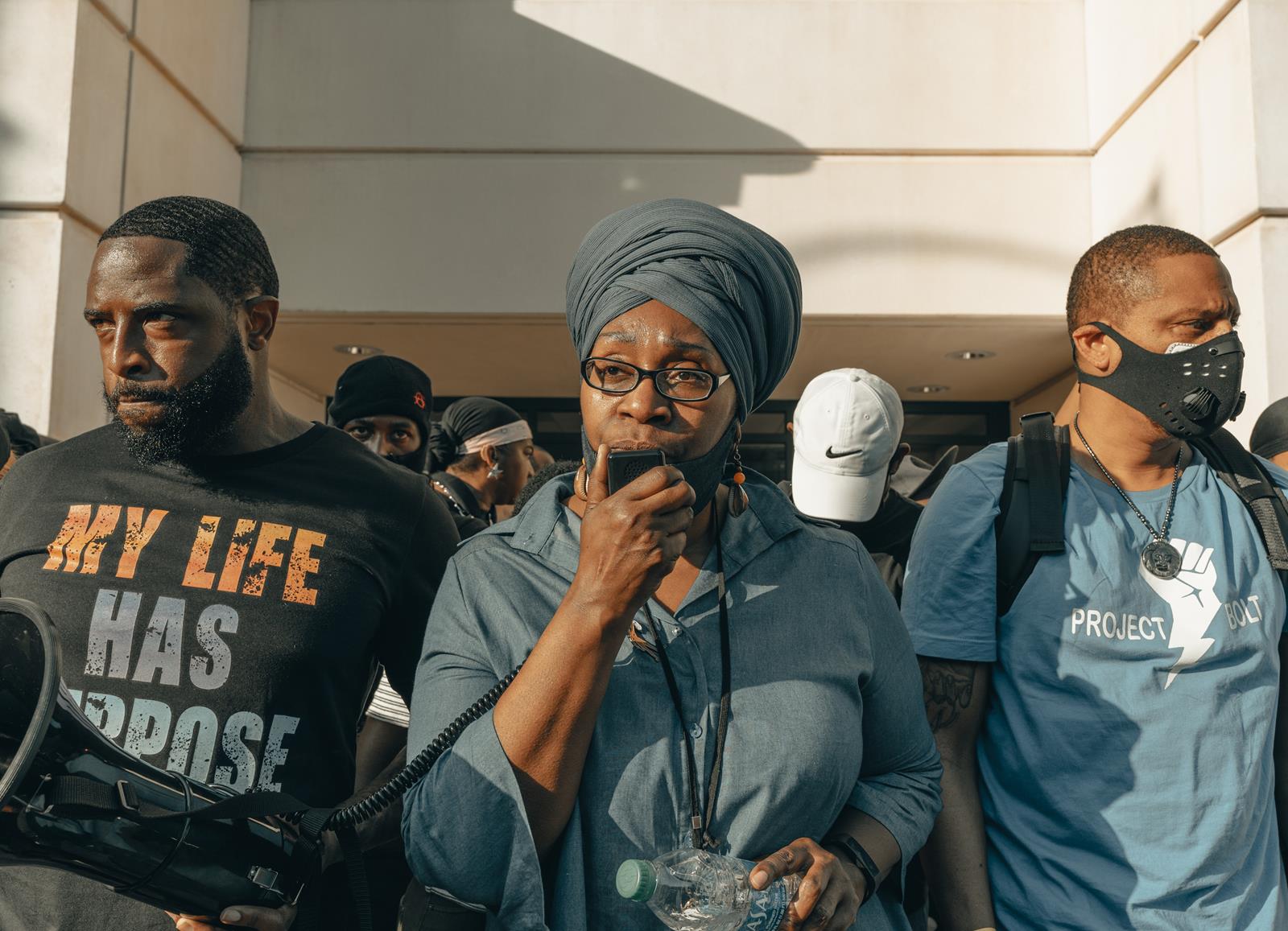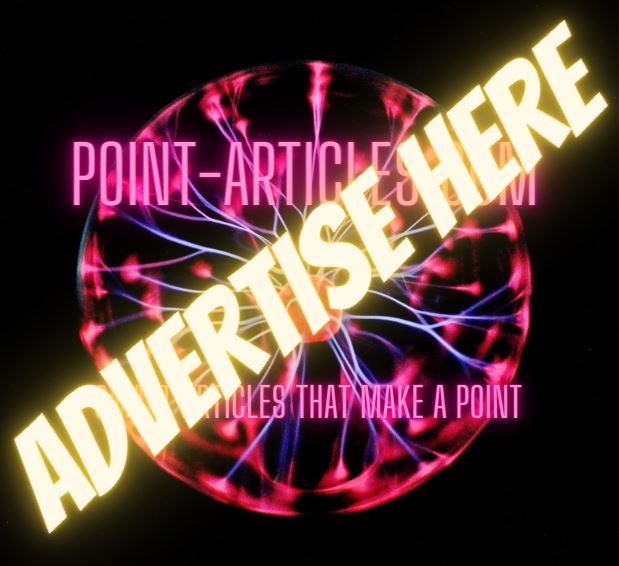
31 Aug
Law Review – Is Modern Law recognizing a Right to Die?
The First Amendment’s protection of speech is frequently considered as the most important clause of the Bill of Rights. In several cases, the court has found the guarantee of freedom of speech to be an exceptional safeguard against legislative action. Unfortunately, many of the same people who are credited with helping to protect American democracy also seem willing to abridge the freedoms of speech and press. Is our system of checks and balances providing adequate protection for individual rights?
The First Amendment, as well as the various secondary guarantees of the Bill of Rights, were designed to prevent legislation from targeting speech and press. This protects against censorship, which is a much more serious problem than interference with free speech. As a result, the Supreme Court has repeatedly held that a law limiting speech is not ultra vires. However, the Court has been reluctant to describe exactly what it requires as a restraint on speech.
In the case of New York Times v. United States, the Supreme Court found that the New York Laws prohibited the publishing of a certain amount of money in respect of publications about national security. The Court held that Congress could ban advocacy of war, terrorism, and other inflammatory subjects, but could not limit the amount of money that could be spent on such advocacy. Writing for the majority, the Court recognized that the First Amendment was designed to prevent government attempts to restrict speech and prevent the media from freely expressing ideas deemed to be persuasive in light of the heightened risk of governmental censorship.
Not all publications are protected by the First Amendment. The Court has repeatedly held that corporations have no rights to freedom of speech protection under the First Amendment, even when those publications involve matters of public concern. For example, the Court has found that it was not within the power of Congress to ban newspapers from publishing criticisms of the Federal Reserve Bank policy set forth in the Fed decisions.
The First Amendment, of course, protects trademarks, commercial speech, and the right to peacefully assemble, but the Court has held that there is a strong reason for restricting the content of those publications. The reasoning is that the First Amendment protects the expression of ideas as much as it protects the expression of physical facts. That is, the very point of free speech law is to prevent the government from interfering with the expression of ideas. However, the Court has never been able to provide a definitive answer as to how far a newspaper or magazine can go in its efforts to suppress certain ideas or to restrict those of other kinds.
One problem with this proposition is that it can lead to endless litigation and potential lawsuits. There will always be people who believe their constitutional rights have been violated. Such people will always have the capability of filing lawsuits in federal court. There is nothing that the courts can do to prevent these lawsuits from occurring.
That leaves the law as it exists today. On one hand, the courts treat statutes as laws. They treat the words of the legislative body as law, even though those words came directly from the state legislature. That means that, for example, the Louisiana Civil Code, which refers to all the laws that are applicable to private citizens in that state, is treated as law. This includes the law on trademarks.
However, the Court has also held that it may not recognize a common law or irrational law. For example, it has held that a federal law that requires manufacturers to label their food with “caution” on the label does not violate the freedom of speech guaranteed by the First Amendment. The reason for this is that it is difficult to determine whether a manufacturer is required to warn against bad weather or that children should not play with toy guns. These cases are undoubtedly extremely hard to apply under the particular theories of liability that the Court has now applied.
Proudly powered byWordPress. Theme byInfigo Software.








